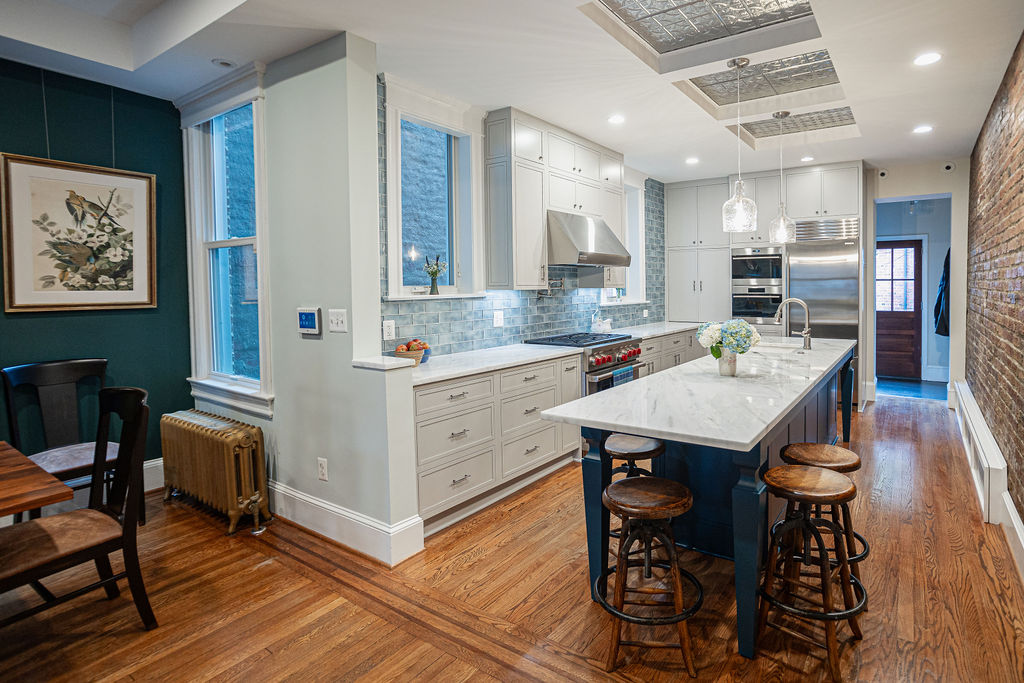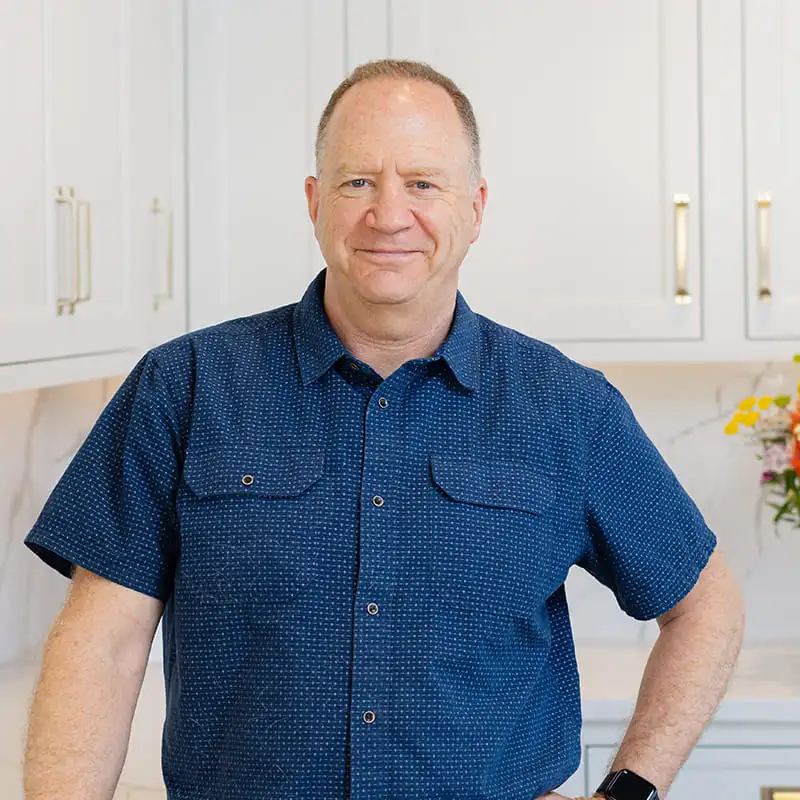

7 Kitchen Flooring Options: How to Select the Ideal Material
Table of Contents
Embarking on a kitchen remodeling project involves careful consideration of various factors, such as plumbing, appliances, electricity, and overall aesthetics. Achieving a balance between form and functionality is crucial in this extensive process.
Among the essential decisions in a kitchen remodel, flooring stands out as a key element. Experts recommend allocating approximately 7% of the kitchen remodeling budget to flooring. Making this decision early in the process is vital, ensuring that the chosen option aligns with your needs. Let's explore some kitchen flooring options below.
#1. Hardwood Kitchen Flooring
Hardwood remains a timeless and traditional choice for kitchen floors. Despite not being waterproof, properly finished solid hardwood floors exhibit water resistance. The wide range of colors and finishes available allows for personalization, and refinishing can rejuvenate the appearance, making it cost-effective for smaller kitchens. The use of environmentally sustainable hardwood has also gained popularity in recent years.

#2. Durable Bamboo Kitchen Floor
Bamboo presents a flooring alternative similar to hardwood but with added hardness. Available in various patterns, grains, and colors, bamboo comes in three types: strand woven, engineered bamboo, and solid bamboo. While strand woven is the most durable but expensive option, solid bamboo may not be suitable for high-moisture kitchens. Refinishing bamboo floors can be challenging and often requires professional assistance.
#3. Tile for Kitchen Flooring
Tile, available in ceramic, stone, and porcelain, is a durable flooring option suitable for areas exposed to water. Ceramic and porcelain tiles are damage-resistant and easy to clean, while stone tiles, though slightly costlier, offer non-slip benefits due to their non-porous surfaces. Options like slate, marble, and travertine add sophistication but may require more upkeep.
#4. Laminate Floors
Laminate flooring provides an aesthetic similar to hardwood and is water-resistant, if not waterproof. Traditional laminate, known for its affordability, has evolved with the introduction of waterproof laminate featuring a rigid core for enhanced stability and strength. Installation options include clicking together, gluing down, or floating on uneven subfloors.

#5. Vinyl Kitchen Flooring
Vinyl, a modern and popular choice, now comes in plank and tile options resembling hardwood and stone. Completely waterproof and easy to clean, vinyl is suitable for DIY installations. However, its softer nature requires caution when moving large appliances to avoid scratches or dents.
#6. Cork Floors
Budget-friendly and DIY-friendly, cork flooring offers a unique option. Available as peel-and-stick, glue-down, or snap-together planks or tiles, cork provides a warm feel underfoot and effective sound absorption. While stain-resistant, it is not waterproof, necessitating prompt cleanup of spills.
#7. Concrete Kitchen Floors
Despite initial perceptions, concrete flooring is a durable and attractive option when installed correctly. Staining techniques can mimic the appearance of stone, tile, or wood, and sealing makes it nearly waterproof. Budget-friendly and versatile, concrete is recommended for areas with excessive moisture, with the addition of mats for protection.
Selecting the right kitchen flooring is a significant decision impacting the kitchen's aesthetics and functionality for years to come. Consider both your budget and lifestyle to make an informed choice. If you need guidance, our team at Zen Renovations is ready to assist with kitchen remodeling consultations, helping you transform your space.

.svg)

